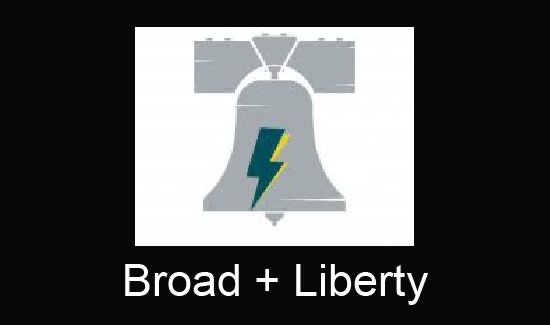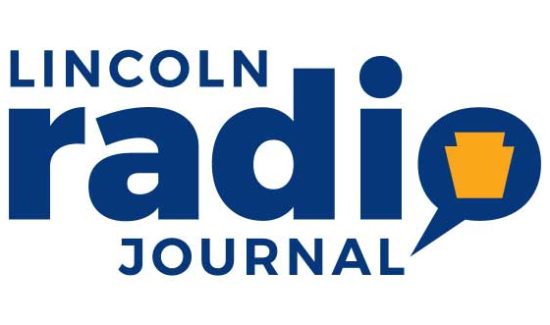How Are PA’s Big City Pensions Faring?
(September 18, 2014)–In 2009, the Allegheny Institute released a report examining the pension systems in Pennsylvania’s ten largest cities based on population. Since municipalities administer their own pensions, subject to state law, and there are separate pension plans for different types of workers in municipalities, there is a wide degree of variation in the health of those pensions based on assets, liabilities, active workers, retirees, and so on. This variation in funding health is even greater among the more than 3,000 local pension plans of other municipalities, authorities, and associations.
What we found in 2009 was that the state’s two biggest cities—Philadelphia and Pittsburgh—had funding ratios (assets divided by liabilities) of 54 percent and 42 percent, respectively. Three cities—Harrisburg, Reading, and Lancaster—had funding ratios of 90 percent or greater. Other cities in the top ten fell somewhere in between.
It was later in 2009, September 18th to be exact, when the state enacted Act 44 that dealt with municipal pensions in the state and assigned a distress score based on the municipality’s funding ratio for all the pension plans it administers. A municipality with a funding ratio of 90 percent or greater would be considered "not distressed" while a municipality with a 50 percent or less ratio would be "severely distressed". Those in between were "minimally" or "moderately distressed" depending on the percentage funded. Various remedies for improvement were outlined for municipalities based on the level of distress.
Philadelphia was given special provisions under the act, including the ability to levy an additional 1 percent sales tax. Pittsburgh was allowed to keep its parking tax rate at 37.5 percent and had to devote 6.75 percent of the collections toward pensions. The law stated that if Pittsburgh was in "severe distress" as of January 1, 2011 the pension plans would be placed under state control. After debating for close to a year over a plan to lease publicly owned garages and lots for an up-front payment toward the pensions to avoid the takeover, the City opted for a one-time transfer of money and a three decade pledge of parking tax money to avoid the takeover.
The state’s Public Employee Retirement Commission has assigned distress scores for municipal pensions in 2010, 2012, and 2014 based on the previous year’s pension funding ratio.
Level of Distress 2010 2012 2014
Not (90% or >) Harrisburg Harrisburg Harrisburg
Minimal (70-89%) Allentown, Erie, Reading, Bethlehem, Lancaster, Altoona Erie, Reading, Bethlehem, Lancaster, Altoona Erie, Reading, Bethlehem, Lancaster, Altoona
Moderate (50-69%) Philadelphia Philadelphia, Pittsburgh. Allentown Pittsburgh, Allentown
Severe (49% or <) Pittsburgh, Scranton Scranton Philadelphia, Scranton
Philadelphia did not have a distress score in 2010 reported to PERC, so its 2010 funded ratio (54%) was assigned a score under the Act 44 methodology.
The most significant upswing in terms of percentage points from 2010 to 2014 was in Pittsburgh, where it moved from a 34 percent funding ratio and a "severe" level to 58 percent funded ratio and a "moderate" ranking. The Act 47 team recommended an increase in the city's parking rates, which, in turn generates more parking tax revenue that is needed because of the amount of funding going to pensions.
Scranton remained in "severe" distress through all three measurements but its funding ratio fell from 47 percent to 23 percent. The situation is so dire that the Auditor General mentioned the possibility of bankruptcy during a recent visit to Scranton.
Philadelphia slipped 7 percentage points and moved from the "moderate" level to the "severe" level; this despite the additional one percent sales tax that was tacked on to help with pension funding. Allentown has moved from "minimal" to "moderate" distress due to a decline in funding ratio from 71 percent to 60 percent. Why these two cities have seen their pension plans worsen so dramatically is not immediately apparent in the data provided.
One would think that being in Act 47 financial distress would indicate poor pensions, and certainly Pittsburgh in 2010 and earlier and Scranton through the period display that, but Harrisburg has had a funded ratio well over 100 percent and the Act 47 communities of Reading and Altoona have maintained relatively healthy funded pension levels.
Given the political obstacles for getting major reforms to the two statewide pension plans, it is reasonable to surmise that it will be quite a long time before the state revisits municipal pensions.
Eric Montarti, Senior Policy Analyst
If you wish to support our efforts please consider becoming a donor to the Allegheny Institute.The Allegheny Institute is a 501(c)(3) non-profit organization and all contributions are tax deductible.Please mail your contribution to:
The Allegheny Institute
305 Mt. Lebanon Boulevard
Suite 208
Pittsburgh, PA15234
For more on this topic click here
Link to Allegheny Institute Website
Forward this Brief to a friend







